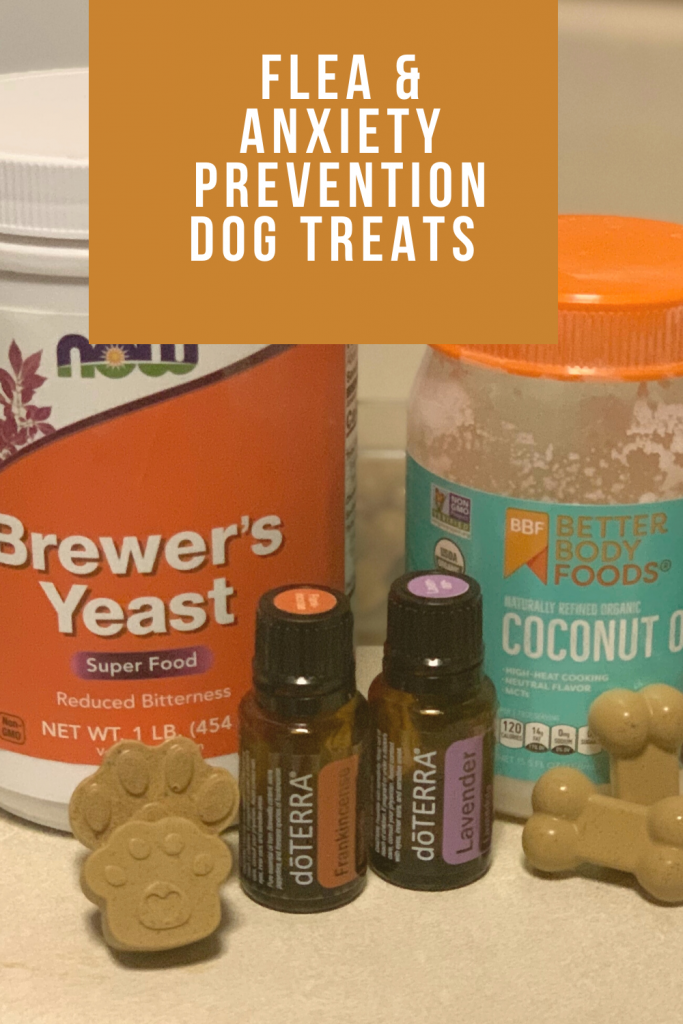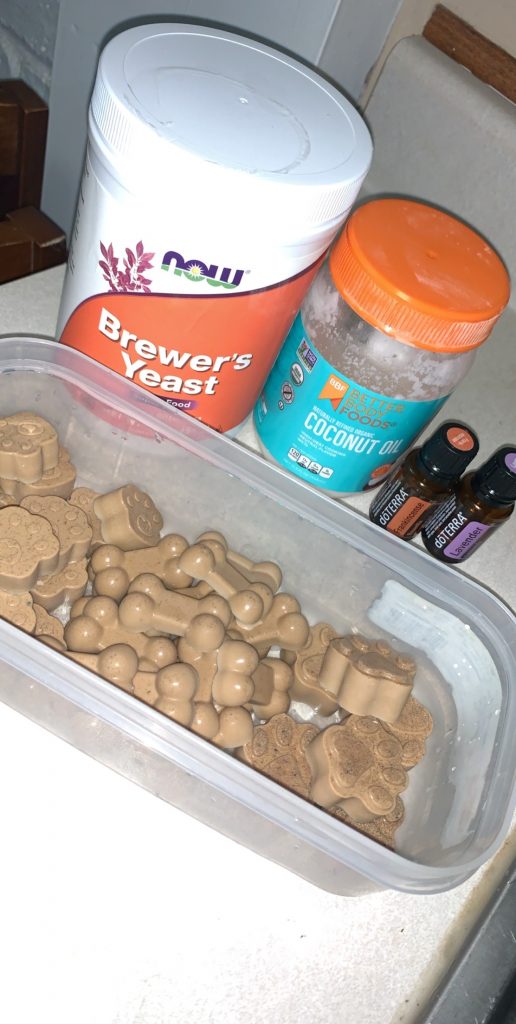Even Short Term Use Can Be Fatal: 3 Most Important Things to Remember About Opioid Addiction
Addiction destroys many lives, and the addict is affected but so is everyone who loves him. Sadly, a person may become addicted after only one use. If you have a loved one who is suffering from opioid addiction, what are the three most important things you should know?
Help is Available
Individuals should not give up on a loved one who is addicted to opioids or opiates. Addiction is treatable, and loved ones need to compare all program options to find the one that best meets the needs of the addict. Many complementary and traditional therapies ensure each addict can obtain the help needed to address the underlying causes of the addiction and put him on the path to recovery. Additionally, the treatment program helps the addict develop coping skills to handle cravings, stress, setbacks, and negative emotions. He learns a healthy way to think and behave when overcoming the addiction. Learn more about the services from Harris House and whether they would be right for your loved ones.
Opioids or Opiates
People often use the terms opioid and opiate interchangeably. However, differences exist between the two and individuals need to use the correct term when discussing addiction. Opioids derive from plants, specifically a poppy plant. When the plant is harvested, men and women take the dried remains and make opium, heroin, and morphine as they have been doing for thousands of years now. In fact, humans were using opioids for medicinal purposes as far back as 3400 BC.
In contrast, opiates come from a laboratory and are a synthetic version of naturally occurring opioids. These substances fall under the category of prescription drugs with two common ones being fentanyl and OxyContin. When speaking of addiction to narcotics, however, individuals typically use the two terms interchangeably, as addicts don’t care which form they consume so long as they get the desired high.
The correct term would be of help when determining what a person had consumed, as prescription drugs are carefully monitored by government entities. Drugs purchased on the street may have other substances mixed in with the opioid, and this could be of importance in helping the addict especially in the event of an overdose.
Prevalence
Millions of Americans suffer from an opioid use disorder. This includes those addicted to Vicodin, OxyContin, and other prescription painkillers as well as those addicted to heroin. These individuals are both addicted to the substance and dependent on it. Quite a few assume those two are the same, but they are not.
A dependence on the drug means the person experiences withdrawal symptoms when they quit using the substance. This dependence occurs because of changes in the brain. These changes are the result of the brain attempting to compensate for the presence of this substance. When these changes occur, the person develops a tolerance to the drug, and more is needed to produce the desired effects. If the drug is removed, withdrawal symptoms occur as normal brain function rebounds.
Addiction, on the other hand, occurs when the person cannot stop using the substance of choice regardless of the consequences of using it. Addicts often try to quit only to discover they can’t. Some succeed for a short period of time only to return to using the substance. Addiction is the result of chemical changes in the brain and changes to the physical structures in this organ. These alterations bring about dysfunctional thinking patterns and compulsive behaviors.
While addiction is devastating, it is treatable. It’s a matter of finding the right program for the addict. If one doesn’t work, don’t give up. Keep trying, as the addict deserves a happy, healthy life He may need help to achieve this goal, so keep pursuing forward until recovery is within reach.






